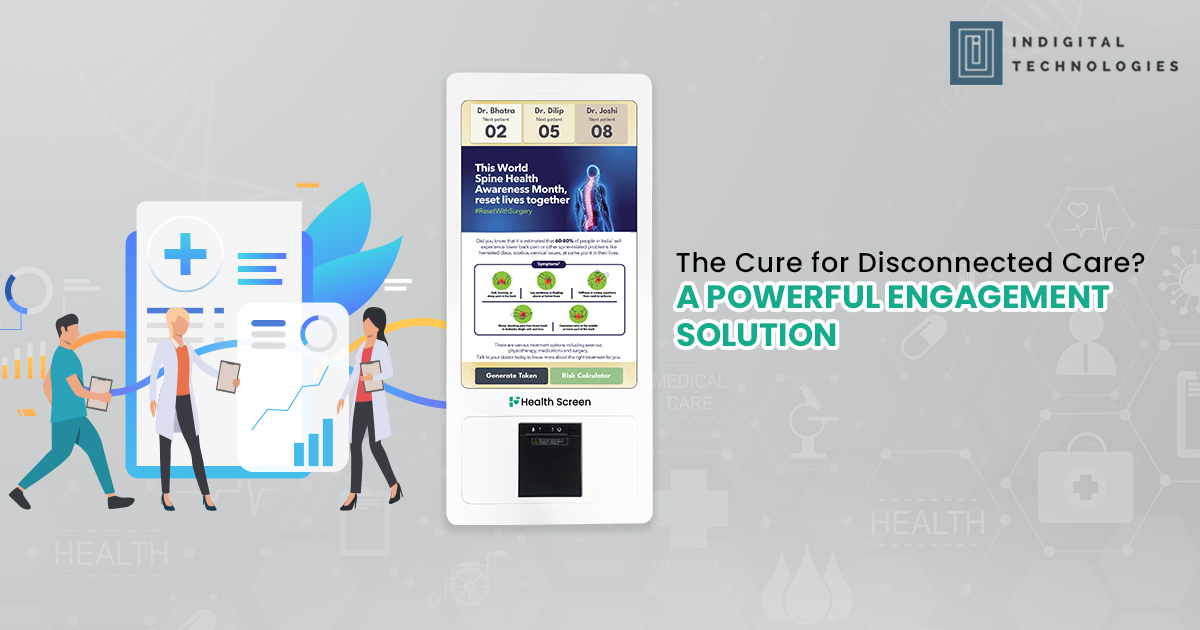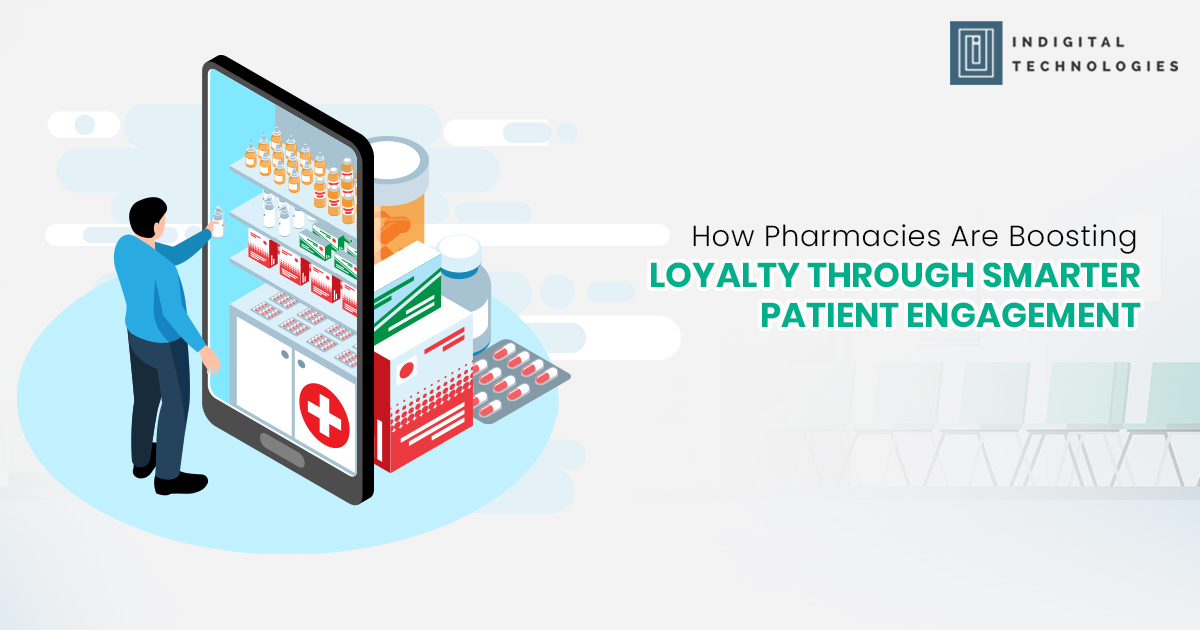Introduction: The Hidden Threat in Modern Healthcare
In today’s hyper-specialized medical world, patients often navigate a maze—multiple specialists, fragmented records, inconsistent instructions, and zero continuity. While clinical advancements surge ahead, care delivery remains disconnected. And when care is disconnected, outcomes suffer.
But what if the cure isn’t more specialists or longer consultations? What if the answer lies in how we engage with patients?
A powerful engagement solution doesn’t just inform—it connects. It bridges the communication gap between patients, doctors, and care teams. And that’s exactly what the modern healthcare system desperately needs.
1. Disconnection Begins with the Waiting Room
Let’s start at the first point of contact—the waiting area. A patient arrives, unsure of the wait time, the next steps, or the outcome of their visit. This passive experience increases anxiety and dissatisfaction.
Now imagine a waiting area where a smart token system displays their position, offers health education tips, and provides digital forms to fill pre-visit information. Engagement begins before the consultation even starts—setting a positive tone for the entire care journey.
2. During Consultation: Too Much to Say, Too Little Time
Doctors today are pressed for time. Between diagnosis, treatment explanation, and documentation, important patient questions often go unanswered.
This is where digital engagement tools step in—dual-screen systems, 3D disease explainers, or automated risk charts can explain conditions visually while doctors speak. These tools turn a 10-minute consult into a comprehensive experience—without extending it.
And the patient walks out not just with a prescription, but with clarity.
3. After the Visit: The Most Neglected Phase
Post-consultation is when patients are most likely to feel lost.
What were the dosage instructions again? Can I take this medicine with food? When do I come back?
Modern engagement platforms solve this through automated follow-ups, prescription explainers, and digital reminders via WhatsApp or SMS. Some even allow patients to revisit doctor explanations via secure links—building continuity and reducing dependency on memory.
4. The Ripple Effects of Disconnection
Disconnected care isn’t just frustrating—it’s costly. Missed follow-ups, non-adherence to treatment, and patient dissatisfaction lead to:
- Higher readmission rates
- Increased medico-legal risks
- Lower clinic reputation
- Poor patient retention
For pharma teams, this means poor brand experience and low therapy success. For doctors, it translates into unnecessary stress and compromised care quality.
A connected patient is a confident patient—and that confidence begins with consistent engagement.
5. Where Technology Becomes the Connector
Today’s top clinics are using smart technologies not just to digitize, but to connect care touchpoints:
- Digital tokens manage queues and reduce chaos.
- AI-based risk screens offer real-time patient insights.
- Visual counselling tools help patients understand their disease.
- Cloud-based systems retain records for long-term access.
- Feedback and survey tools gather real patient opinions.
Each of these is a thread, and when woven together, they form a tightly knit, cohesive care experience.
6. Pharma’s Role in Bridging the Gap
Pharma companies have a golden opportunity—not just to push prescriptions, but to build experiences. By supporting clinics with engagement tools—screens, kiosks, risk assessors, branded content—they ensure their brand is associated with value, education, and trust.
This isn’t about aggressive marketing. It’s about subtle brand integration into meaningful patient touchpoints—something that builds long-term loyalty across doctors and patients alike.
7. Engagement = Empowerment
When patients are empowered with clarity, involvement, and follow-up support, care transforms:
- Adherence improves
- Satisfaction scores rise
- Doctors save time
- Pharma sees better outcomes
The once-fragmented healthcare journey becomes a seamless, continuous loop—precisely what 21st-century healthcare demands.
Conclusion: Don’t Just Treat. Connect.
Disconnected care is a silent epidemic—and no pill can fix it. The real remedy lies in how we engage. By building systems that talk to patients, follow up with them, and involve them in decisions, we don’t just improve outcomes—we create relationships.
And in a world where every clinic visit, every prescription, and every brand touchpoint matters, engagement is no longer a luxury—it’s the cure.




